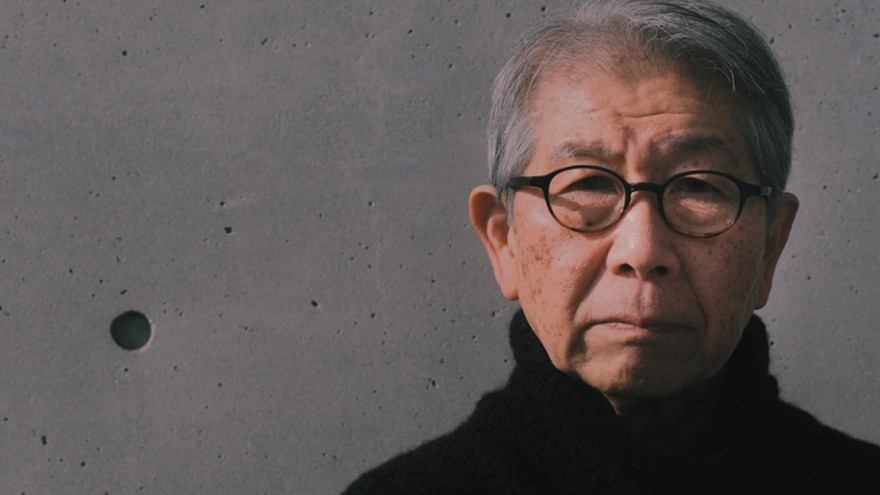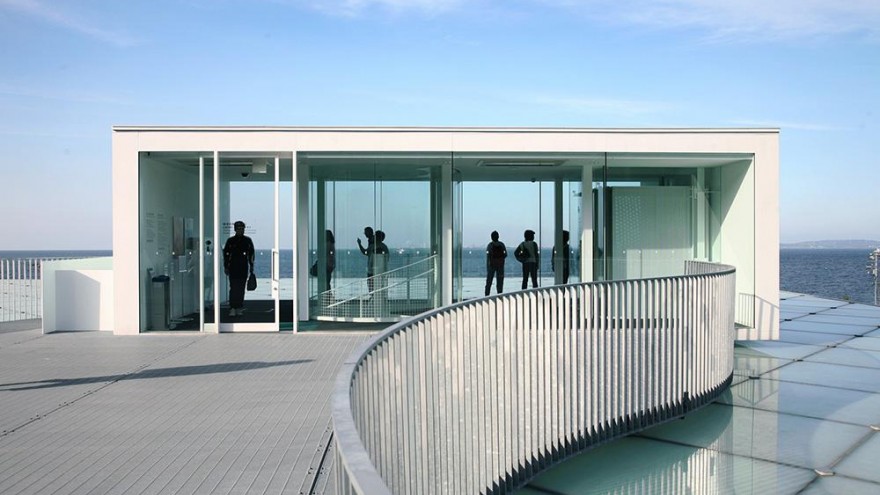Regarded internationally as the highest honour in architecture, the annual Pritzker Architecture Prize honours an architect or architects whose work has ‘produced consistent and significant contributions to humanity and the built environment through the art of architecture.’ On 5 March 2024, Japanese architect Riken Yamamoto was announced as the 53rd Pritzker Prize laureate, following in the footsteps of iconic architects like Diébédo Francis Kéré, Shigeru Ban, Zaha Hadid and Norman Foster.
The 78-year-old architect and social advocate was commended by the jury – chaired by former Pritzker Prize laureate Alejandro Aravena – for a long career in which he has managed to ‘produce architecture both as background and foreground to everyday life, blurring boundaries between its public and private dimensions, and multiplying opportunities for people to meet spontaneously, through precise, rational design strategies.’
Yamamoto’s career has spanned more than five decades with projects ranging from private residences and public housing to university buildings and civic spaces around the globe. Born to Japanese parents in China before moving back to Japan at the age of two years old, the architect is deeply embedded in community life and deconstructs urban ideas of privacy by asserting that communities should sustain one another. He defines community as a ‘sense of sharing one space’, using architecture to bridge cultures, histories and multi-generational citizens by adapting international influence and modernist architecture to the needs of the community while rejecting the idea that housing is a commodity.
‘For me, to recognise space, is to recognise an entire community,’ Yamamoto said. ‘The current architectural approach emphasises privacy, negating the necessity of societal relationships. However, we can still honour the freedom of each individual while living together in architectural space as a republic, fostering harmony across cultures and phases of life.’
By reconsidering boundaries as space, Yamamoto activates the threshold between public and private lives, achieving social value with every project, each abounded by places for social engagement and encounters. He also employs transparency to enable those within an environment to experience what lies beyond and to invite in passersby.
READ MORE







